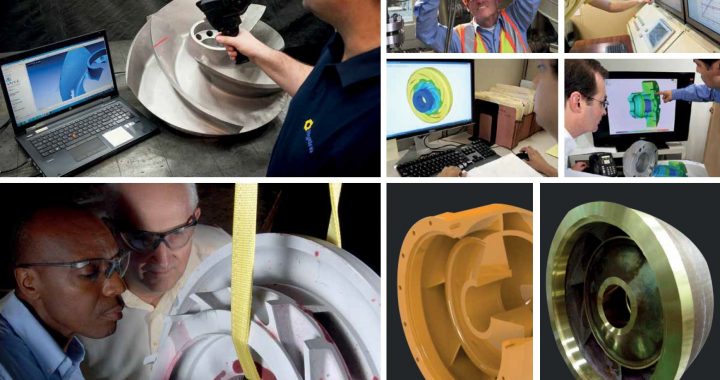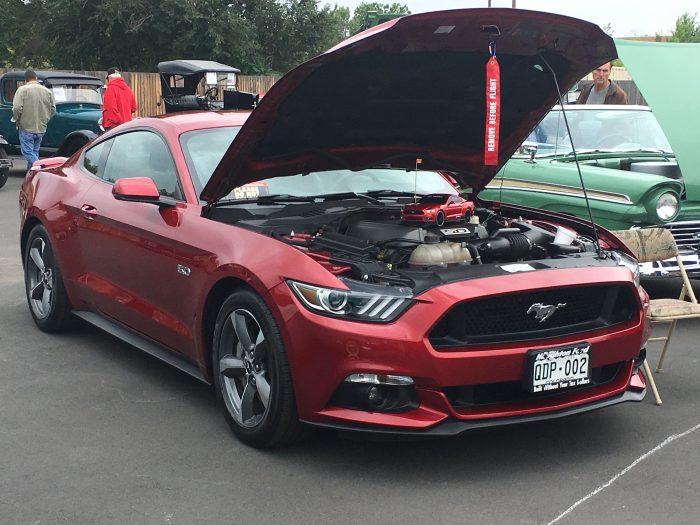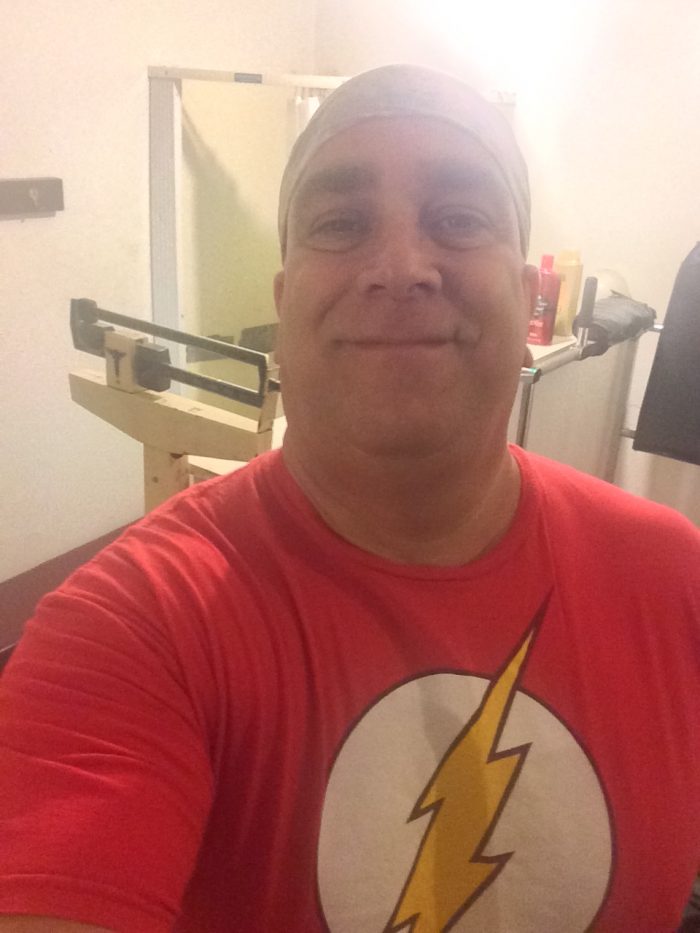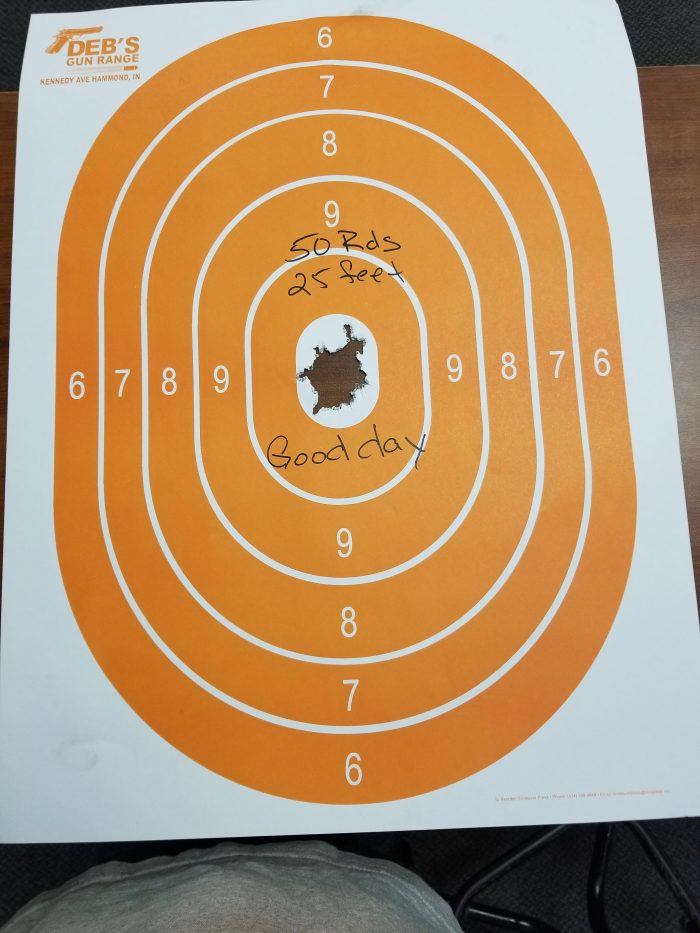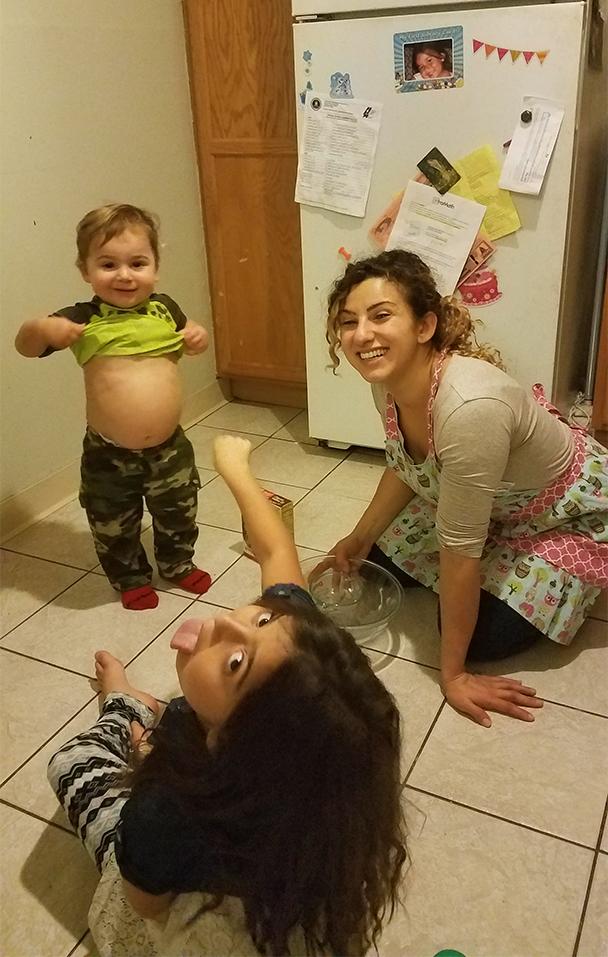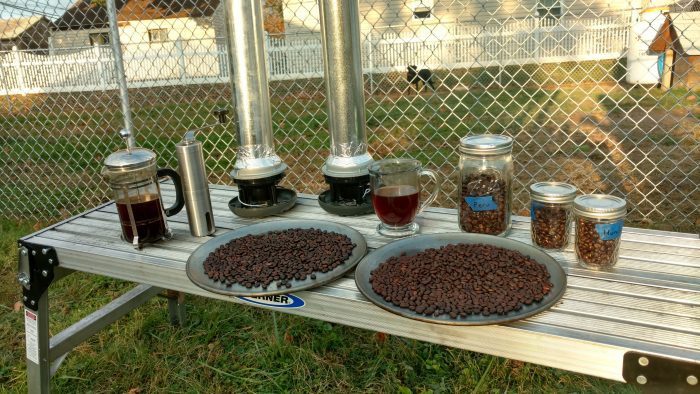Author:
Robert Aronen, Dennis Plaizier and Dave Sinclair, Hydro Scotford Inc.
Publisher:
Pumps & Systems
Date Published:
November, 2007
Say goodbye to concerns about pump seizure: By properly applying composite materials to a troublesome boiler feed water pump, this large process facility in Alberta can now run one pump during full-rate operation with very low vibration and higher efficiency.
The reliability and efficiency impacts of close-clearance wear components – wear rings, inter-stage bushings, throat bushings, and pressure-reducing bushings – have been well documented.
In 1985, Bloch and Geitner cited the following potential problems associated with excessive wear ring clearance: efficiency losses, loss of rotor stability, shaft breakage, driver overloading, bearing overheating or failure, unequal load sharing in parallel pump operation, noise and damage typically associated with cavitation, and possible total pump destruction (p. 31-36).
One application for which the wear components are particularly important is boiler feed water. In the typical process plant, the boiler feed water pump is a multistage, horizontally-split, between-bearings design that is heavily dependant upon the wear components for rotor stability. Material selection is very important to ensure long-term reliability in this service.
The value of proper application and installation of modern composites is demonstrated by the results from a 9-stage boiler feed water pump from a large process facility in Central Alberta.
Why Wear Components are Important
The close clearance wear components in a centrifugal pump perform similar functions. They separate high pressure areas within the pump from lower pressure areas via a minimal clearance between a rotating and stationary member.
Due to the differential pressure across these components, there is substantial flow from the high pressure to lower pressure regions of the pump – recirculation flow. If inadequate clearance lies between two metal components, the rotating and stationary elements could possibly seize and lead to substantial pump damage (Bloch, 1988).
Conversely, as the clearance between rotating and stationary components increases, the recirculation flow within the pump increases and efficiency drops (Bloch and Geitner, 1985). Over time, this will become evident to the pump operators as recirculation flow increases to the point where the pump can no longer operate at design capacity.
What the operators may not notice is that the wear components also contribute substantially to rotor stability (Lobanoff and Ross, 1992, p. 440-451). Increased clearance at the wear components can lead to higher vibration, shorter bearing life, and the potential for high-energy failure modes such as shaft breakage.
Furthermore, recirculation flow at the first-stage impeller eye increases the effective inlet fluid temperature, possibly leading to cavitation damage (Lobanoff and Ross, p. 90-97). The net result is that a pump with increased clearance at the wear components is not as reliable or efficient as a pump with reduced clearance.
Continue reading →


